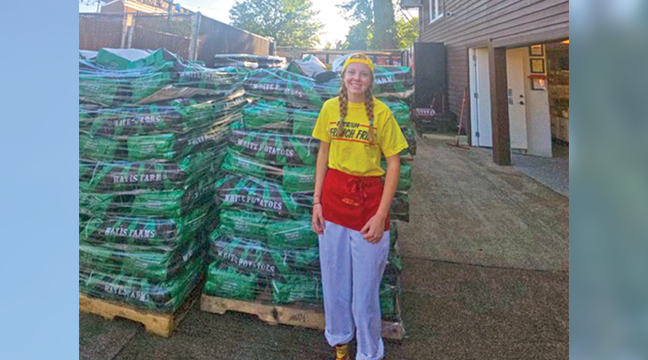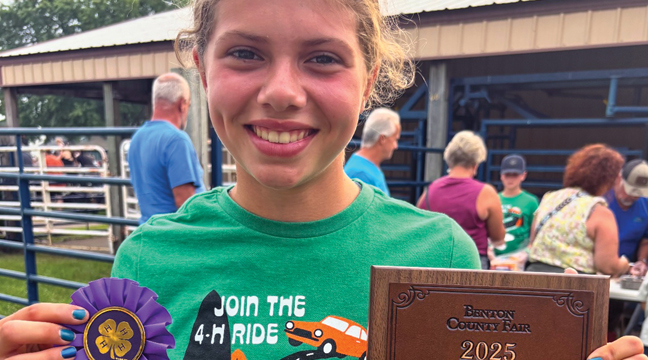Thirty-five homeowners in the River Oaks development in Clear Lake recently banded together to raise $4,000 to install a SaveStation in their neighborhood.
The SaveStation is a temperature controlled, monitored cabinet that houses an AED, or automated external defibrillator. Residents in the area will be able to access the life saving device should someone suffer from a sudden cardiac arrest, the leading cause of death in the United States with an estimated 1,000 lives lost every day.
The idea came about as one of the residents, Gary Marsden, saw a demonstration of how a SaveStation works and has been installed in many municipalities, parks and other public spaces. As soon as the presentation was over, Marsden knew he wanted to locate one of the devices in his housing development. He rounded up three friends - Gary Gray, Timm Papesh and Lloyd Johnston - and they decided to do a neighborhood survey by going door to door. Many residents were willing to donate money and resident Denny Severson, an electrician, donated the time and materials to get it hooked up to electricity.
“We had a terrific response from the neighbors,” says Marsden. “After all, when it comes to sudden cardiac arrest, every minute counts.”
“They say a person loses up to 10 percent of their heart’s function every minute during a heart attack,” says Marsden, who worked with Advocates For Health, a Minnesota based 501c3 nonprofit, on the installation of the life saving device.
The SaveStation is more than just an AED, as it is connected via wireless network and a telephone line that automatically calls 9-1-1 when the emergency is initiated. It comes with an audio alarm that sounds when the module is opened, as well as flashing red lights to visually signal others in the neighborhood. In addition, it can be programmed to contact neighbors as soon as the AED is removed and a camera also takes a photo of the person opening the cabinet.
The real life saver, of course, is the AED which is fully automated and gives verbal commands to the operator.
“The beauty of this is that if the device is used, just the paddles need to be replaced,” adds Marsden. “The unit also goes to the hospital with the patient so the doctor can look at the data it collects and it can speed up the medical assessment.”
The installation offers a bit of protection to residents in the neighborhood, somewhat similar to an insurance policy that Marsden hopes never has to be used. But if it helps just one person, all the effort will be well worth the time and investment.
“It speaks to a need that is prevalent, but maybe not always addressed,” says Marsden. “The real benefit of the SaveStation is that it makes River Oaks a better neighborhood.”









